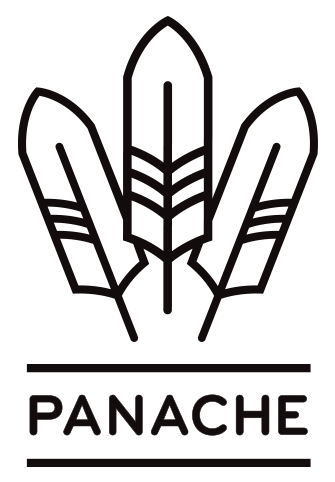


It has particular relevance for singers - whose instrument is in its nature unconnected to absolute pitch- who can use it in conjunction with or without Standard Music Notation to pitch notes relative to a root note ( do at a particular pitch) in order to read notation, sing, conceptualise and remember complex vocal parts. It is of course the use of solfege as moveable-do, independent of absolute pitches, that is of interest here.

In fixed-do, particularly in use in Latin speaking countries, these syllables are the names given to the absolute notes, known to us as C, D, E, F, G, A, and B respectively. There are two schools of thought regarding its use. This system has undergone development at various times and in various places and evolved into the system known variously as solfege, sol-fa, solfeo etc., in which do, re, mi, fa, sol, la and ti denote the degrees of the diatonic scale. In Europe, the Aretinian syllables ut, re, mi, fa, sol, la, si denoting the seven steps of the diatonic scale (named after their inventor, music theorist Guido d’Arrezzo), date back to eleventh century Italy. Chinese Gongche notation, in which syllables and their characters stand for degrees of the scale, dates back to the Tang Dynasty (AD 618 to 907). The concept of describing and notating musical notes relatively, rather than in absolute terms, has a long history. It can also be thought of as an abstraction, showing the derivation of a single category from subordinate examples. This approach to reference (and notation) can accurately be described as relative (as opposed to absolute). This is not only a shorthand - one version covers all 12 possible keys-but gives an insight into musical relationships and the equivalence of musical keys. When (more rarely) chords are notated in numerical form, roman numerals are generally used. Working musicians who play in all keys as required would recognise the harmonic sequence of the first two bars as “1, 2, 5,” a common chord sequence occurring in numerous tunes. This is also true for absolute chord symbol notation. Standard Music Notation (SMN) centers on absolute pitch, so even though the three are exactly equivalent to each other - all internal relations the same- a new version is required for each new key. The opening 8 bars of “Look for The Silver Lining” (Kern/DeSylva), first in Ab, then F, then C.

Despite usage in Germany, France, and the Netherlands, numerical notation has never become widespread in the West, even though its central idea- numbers for degrees of the scale- is used as a sort of shorthand among jazz and country musicians to describe harmonic sequences as relative patterns, rather than absolute values.įig. He is by no means the only person to have thought of representing the notes of the diatonic scale with numerals, and it seems that many variations of this idea have cropped up more or less independently of each other since Rousseau (and possibly even before). In 1742, philosopher, writer, composer and music copyist Jean Jacques Rousseau presented a system of numerical music notation to the French Academy of Sciences, later published in his Dissertation on Modern Music (1743). Finally, I will propose an optimized, modernized system for notating music numerically with suggestions on how it can be put to beneficial use. I will therefore outline the potential I see in the concept, as well as tackle some problems that existing systems come up against. However, I feel that existing systems of numerical notation lack some important developments in order to bring them up to date and optimize them to the task of notating modern music and teaching the skills required for playing it. This concept has enormous potential, particularly in the field of music education, borne out by my own experiences teaching with it. This article is a presentation of the concept and history of notating diatonic music with the use of numerals, of which several systems exist.


 0 kommentar(er)
0 kommentar(er)
